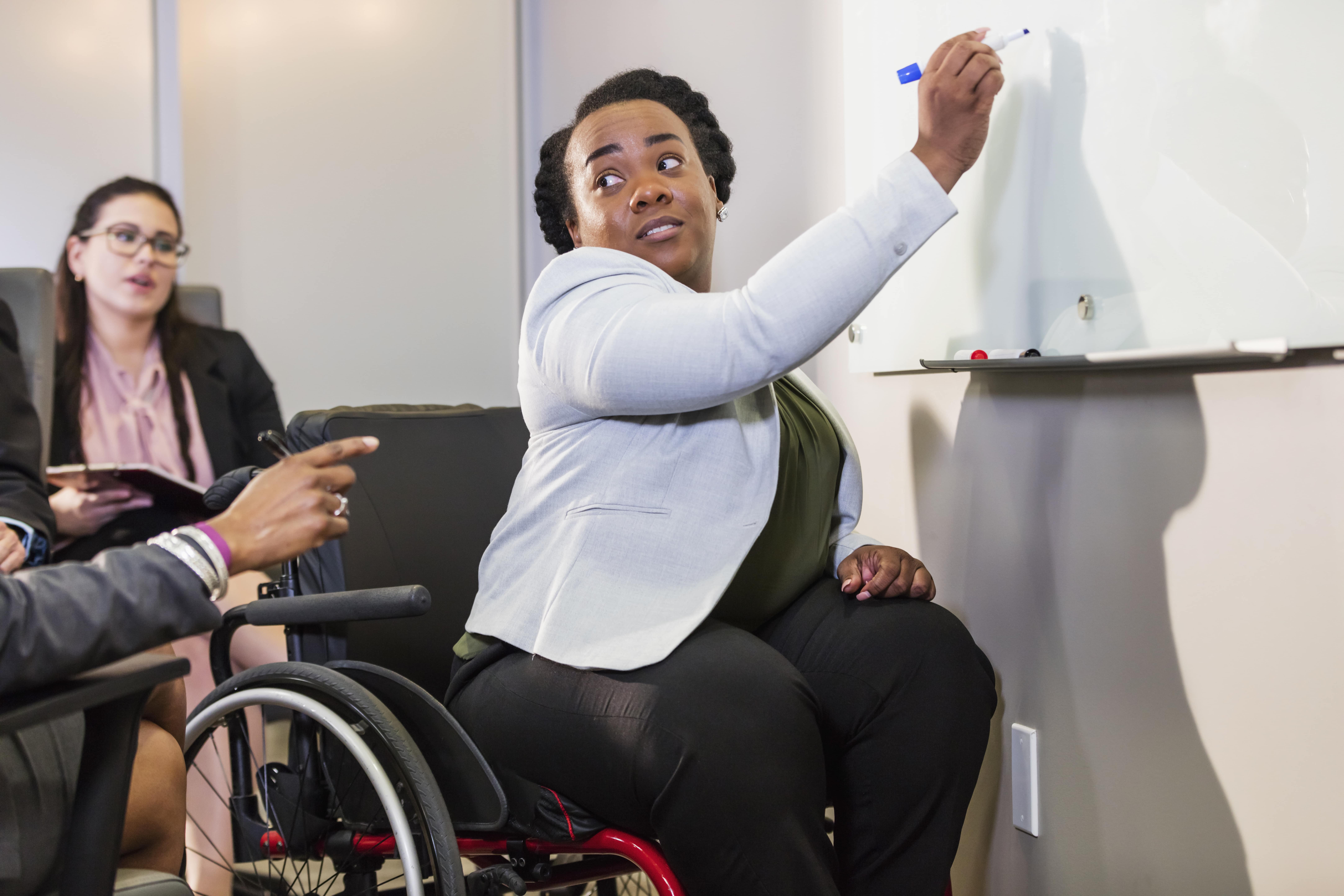
Guest blog for Occupational Health Awareness Week by Helena Brady, Senior Occupational Health Advisor
The annual International Nurses' Day has recently been celebrated and it would be remiss to not acknowledge the pioneering work of our forefather and founder of our profession, Florence Nightingale. In the 1850s, she identified that sanitation was a hazard facing soldiers in the Crimean war. The recent COVID-19 pandemic has been a stark reminder of this concept which still bears relevance today. Florence earned the title ‘the lady with the lamp’. Almost 200 years later, what is the modern day equivalent of ‘the lady with the lamp?’
You may find yourself working as an occupational health (OH) practitioner if you have an interest in public health, you are passionate about the benefits of work upon health, and you are willing to work collaboratively with employers and employees. OH practitioners undertake a variety of tasks on a day to day basis which can vary depending upon the industry sector.
An average day for an OH practitioner in a healthcare setting will usually start by preparing for a clinic. If you are providing a face to face service such as an immunisation clinic, preparation involves ensuring that clinical consumables, medical equipment and vaccine stocks are available before the arrival of your first patient.
If you are working in a remote capacity such as undertaking case management, starting your day is likely to involve preparing for one to one consultations by reading the referral from the employee’s manager. Making an onward referral for further input from physiotherapy or additional psychological support are commonplace to support an earlier return to work or as an early intervention to prevent ill-health and to reduced sickness absence from work. Remote working may also involve undertaking a pre-employment health screening assessment to determine if the employee is fit to undertake the job tasks and responsibilities of the role that they are applying for without harm to self or others.
The workforce is diverse and dynamic in terms of demographics, medical history, health status plus socio economic status and awareness of same is a requirement in each consultation. Some of the scenarios that an OH practitioner may encounter could be:
a) a healthcare worker coming from overseas who attends for an immunisation review to undergo appropriate screening for communicable diseases such as tuberculosis in line with Department of Health requirements for new entrants into the NHS;
b) an employee with an underlying chronic medical condition who is returning to work following an episode of sickness absence from work may require support and guidance about returning to work safely;
c) an employee with a disability is joining the workforce, identifying what adjustments are required to help them to do their job role and to advise the employer what is required.
The working age population accounts for a significant proportion of the general public. Good communication skills, cultural sensitivity and patience are a pre-requisite to ensure effective interaction during every consultation and to fulfil the professional requirements of the role.
This is the fourth in our series of guest blogs for Occupational Health Awareness Week 2022 (19-24th June). Helena Brady is Senior Occupational Health Advisor at TP Health.

